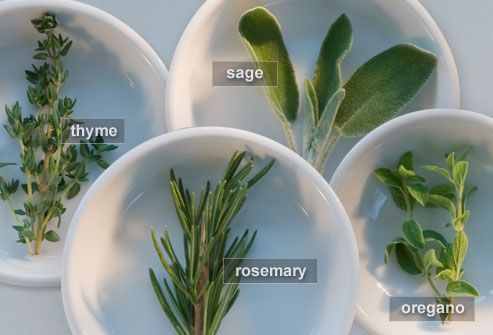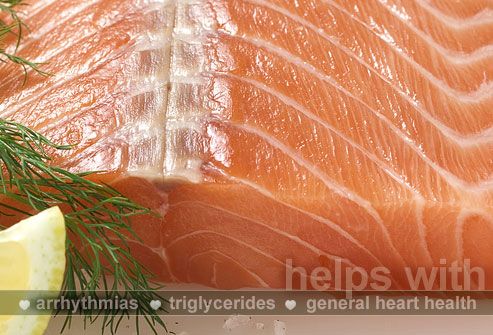
For the past decade, sales of Vitamin D have continued to skyrocket, as scientific research demonstrates a wide array of Vitamin D benefits that go beyond bone health. According to a consumer survey conducted by the Council for Responsible Nutrition (CRN), out of the 66 percent of Americans who use dietary supplements, 27 percent say they take a Vitamin D supplement, up 16 percent from the previous year (2008).1 According to the Nutrition Business Journal, sales of Vitamin D in 2009 were up by 82 percent reaching $430 million.2 This phenomenon represents a growing number of Americans who are convinced that taking a daily Vitamin D supplement holds important benefits for maintaining health and well-being.
In response to the overwhelming body of research, the Institute of Medicine recently boosted the recommended dietary intakes (RDI) of Vitamin D. After reviewing 1,000 published studies on Vitamin D, the Institute of Medicine’s new recommendations for dietary intake of Vitamin D and calcium were released on December 1, 2010 advocating:
• 400 IUs of Vitamin D intake for infants, doubling the previous RDI.
• 600 IUS for ages 1 and 50, three times the previous RDI.
• 600 IUs for ages 51 to 70, up 50 percent from the previous RDI.
• 800 IUs for those older than 71, up 33 percent from the previous RDI.
With the release of the new RDIs, sales of the sunshine vitamin are likely to soar even higher in 2011.Nutritionists believe that it will be difficult to meet the new RDIs for Vitamin D through diet alone, particularly if you eat only limited dairy products or do not regularly include fish in your diet. Elizabeth Ward, a registered dietitian in Boston, says "There's no way that people will satisfy those recommendations for vitamin D without supplements." Not many foods contain Vitamin D which is why most people will need to modify their diets to include Vitamin-D fortified foods and beverages along with an increased intake of milk, eggs and fish. Consuming 600 IUs a day of Vitamin D from a single food would require drinking 6 cups of milk or eating 15 servings of Vitamin-D fortified cereals.3
Some experts even believe the new RDIs for Vitamin D are still too low. In response, Dr. Andrew Shao, senior vice president, scientific and regulatory affairs, for the Council for Responsible Nutrition said, "While an increase in the recommendations for vitamin D will benefit the public overall, such a conservative increase for the nutrient lags behind the mountain of research demonstrating a need for vitamin D intake at levels possibly as high as 2,000 IU/day for adults." Doctors who concur with this view may consider prescribing a higher daily dose of Vitamin D to their patients as the upper safety limit has been set at 4,000 IUs for those aged 9 and above.
By Sean Gellman
Fitness.com















